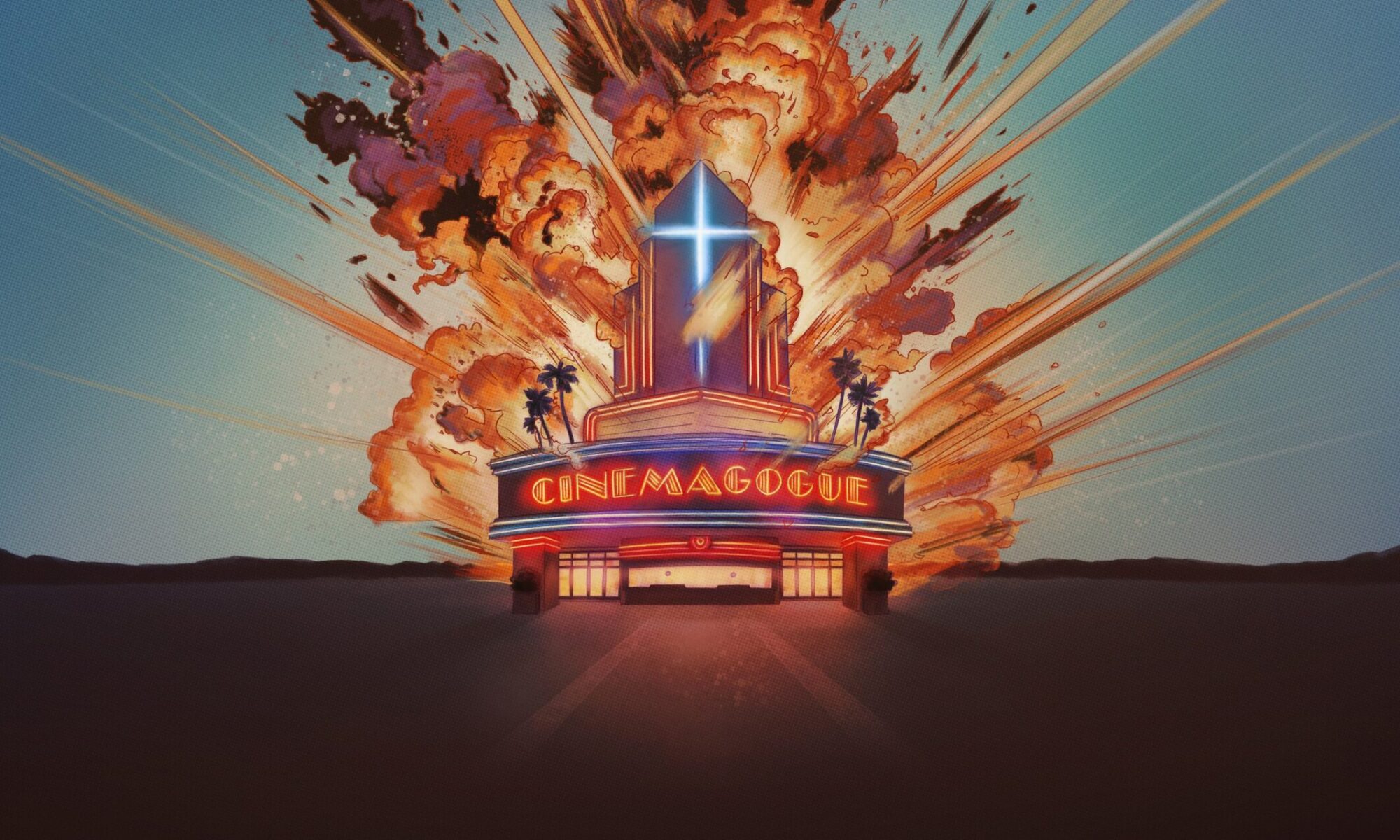“You don’t believe in ghosts, do you?”
 The Woman in Black has been a book, a play, and a 1989 film prior to the most recent incarnation in the 2012 movie starring Daniel Radcliffe. Each time the query and frightening prospect remain the same: what if we linger after death, our unresolved issues lingering in our ghostly soul, creating ghastly results for those left behind? This notion, of the spectral spirit that brings death, is what Arthur Kipps (Radcliffe) encounters when he visits a remote village on business.
The Woman in Black has been a book, a play, and a 1989 film prior to the most recent incarnation in the 2012 movie starring Daniel Radcliffe. Each time the query and frightening prospect remain the same: what if we linger after death, our unresolved issues lingering in our ghostly soul, creating ghastly results for those left behind? This notion, of the spectral spirit that brings death, is what Arthur Kipps (Radcliffe) encounters when he visits a remote village on business.
Dealing with Loss
A young man, in an understated yet appropriate performance for a post-Potter Radcliffe, Kipps is haunted already by the death of his wife and with mixed feelings for the son she left behind. Adding more loss, with a dead woman and endangered children, the situation makes him confront his own feelings and fears about death and coping with loss. People who have suffered the death of loved ones show the viewer the range of human emotions, from stoic to withdrawn, from irritable to irrational.
Kipps finds a sympathetic ear in Mr. Daily, played deftly by Ciaran Hinds, dealing with is own loss of a child and a wife who seems to be off her rocker (while an invisible Woman in Black seems fond of rocking in hers). Mr. Daily dismisses the notions that there is a ghost, comforting himself and Kipps with the Christian reality that “when we die here, we go up there” (implying God, and the judgment, and heaven for those who rest in His grace).
 “And just as it is appointed for man to die once, and after that comes judgment…” Hebrews 9:27
“And just as it is appointed for man to die once, and after that comes judgment…” Hebrews 9:27
Naturally, the narrative makes Kipps – and the viewer – confront the potentially horrific reality that the Christian reality is false… that a spirit can linger, in some aspects in the state Jacob Marley depicted the horrific afterlife for those who die in their wickedness in Dickens’ A Christmas Carol: “Now I am doomed to wander without rest or peace…”
The Woman in Black goes a step further to unhinge Kipps and disturb the viewer with the notion that our regrets linger with us, that our hatred becomes a potent manifestation, that an inability to forgive in life creates ongoing anguish and death. It’s not unlike that horrible sense of eternal stain that films like Ju-on (The Grudge) and Ringu (The Ring) ushered into theaters years ago with a Japanese flavor. What a horrific thought! A future without design, Designer, or grace…
Spectral Summation
I think it’s appropriate for a film like this to suggest such terrors and depict them, under the fictional proposition that Mr. Daily’s beliefs and assumptions about the world turn out false. If our souls have no fixed destination, no objective assessment, if our own miasma of mingled emotions lock us or trap us or cause us to become a post-mortem monster, it’s certainly no better reality than an overseeing God who justly judges. Even if both might hold elements of terror, which is worse? It’s a subtler horror story of ideas that makes afterlife conversation a natural extension, for which I applaud it.
 …we do not want you to be uninformed, brothers, about those who are asleep, that you may not grieve as others do who have no hope. – 1 Thessalonians 4:13
…we do not want you to be uninformed, brothers, about those who are asleep, that you may not grieve as others do who have no hope. – 1 Thessalonians 4:13
Growing up on the classic Hammer horror films (and not more questionable horror fare, with excessive gore and frequent nudity) I believe horror has a very important place in our storytelling. And while some Christians might balk at a story that portrays reality as something other than the Christian worldview, I think one that does – and aptly chooses the horror genre to emphasize what that reality would inevitably be – is wholly appropriate.

